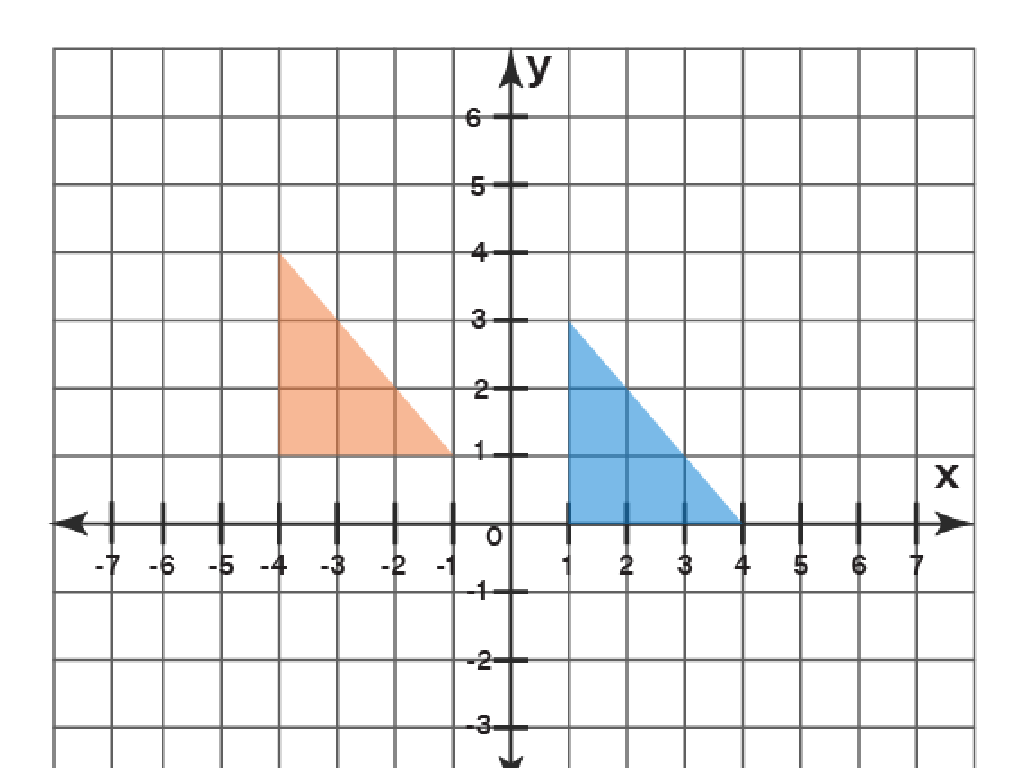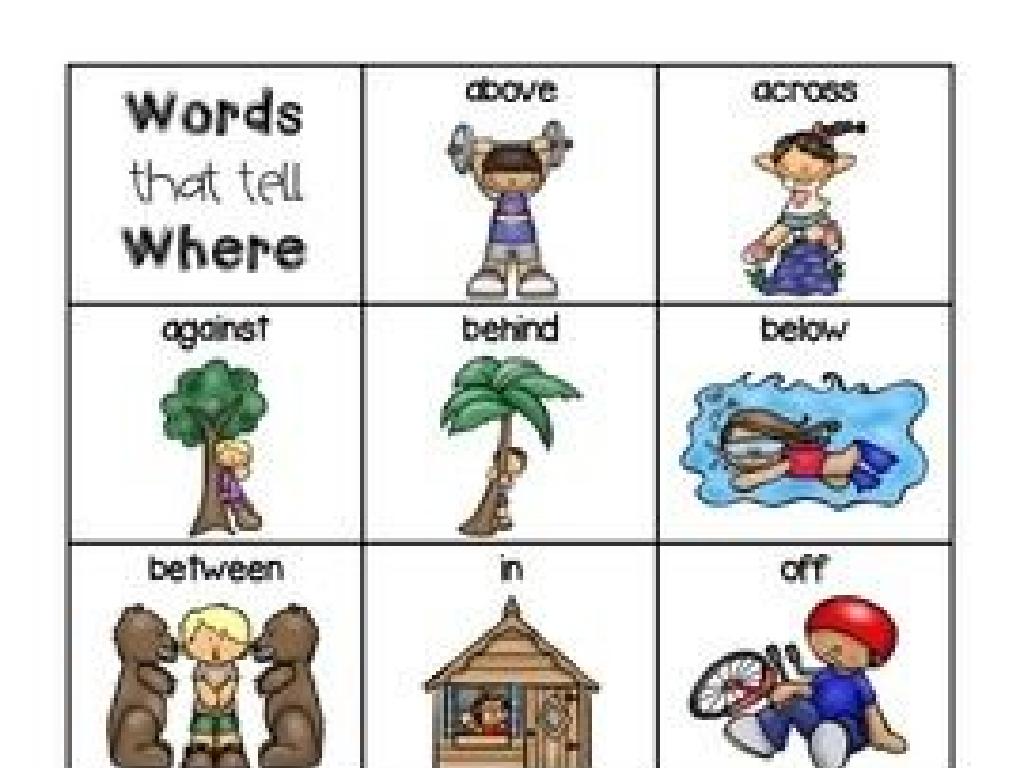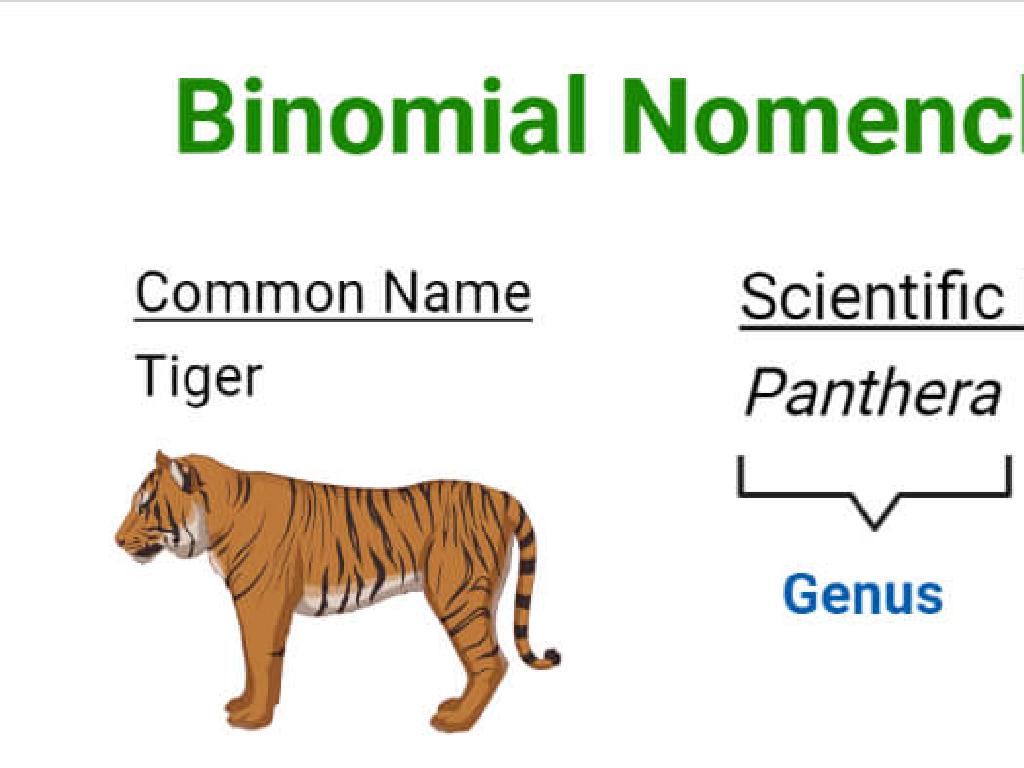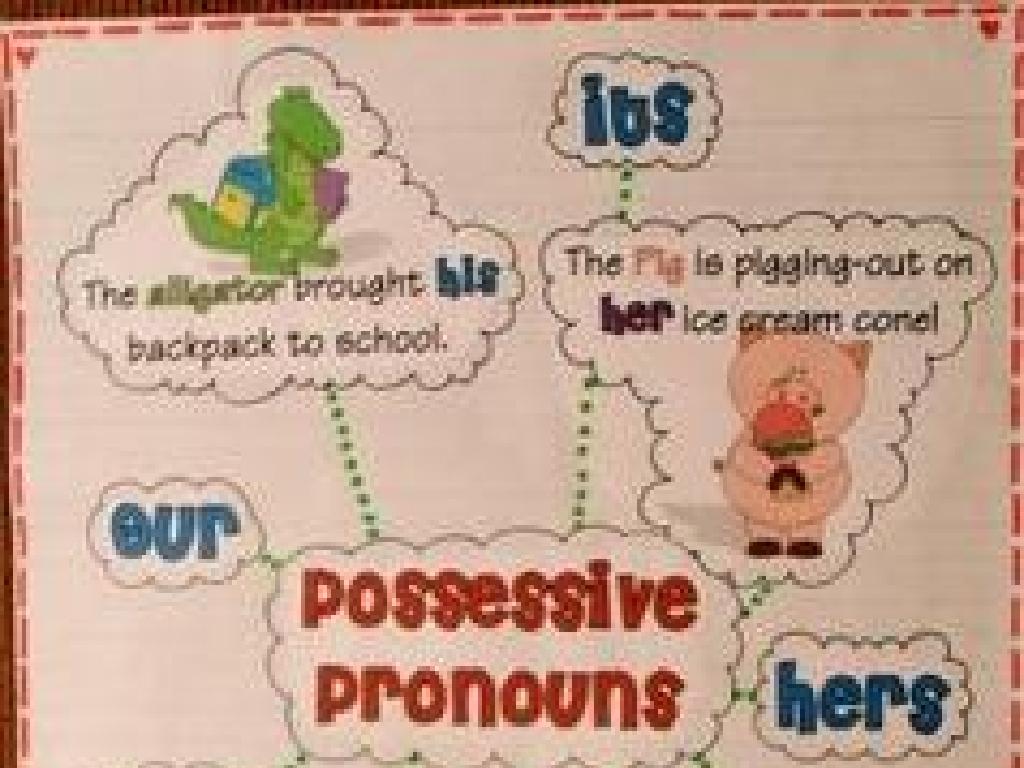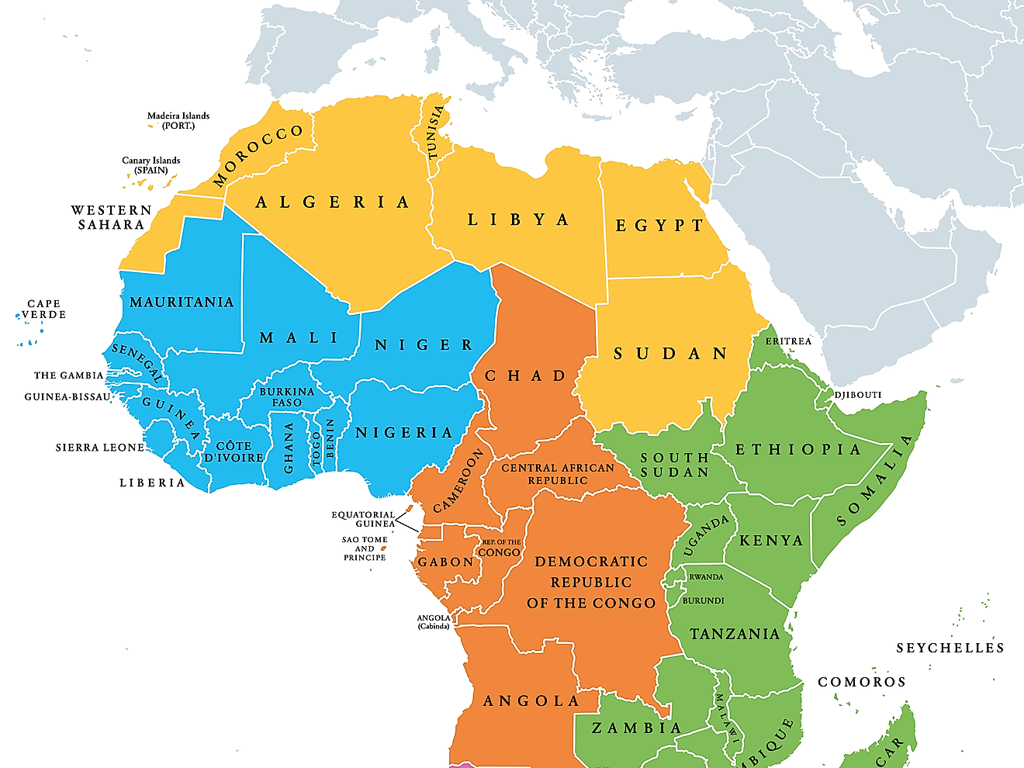Take Away Cubes - Numbers Up To 5
Subject: Math
Grade: Kindergarten
Topic: Understand Subtraction Up To 5
Please LOG IN to download the presentation. Access is available to registered users only.
View More Content
Welcome to Subtraction with Cubes!
– Greet our little mathematicians
– Learn taking away with cubes
– Imagine you have 5 cubes and take 2 away. How many are left?
– Subtraction is like playtime
– Just like when you share toys with friends and have fewer left.
– Practice with real cubes
– We’ll use cubes to see subtraction in action!
|
This slide is designed to introduce Kindergarten students to the concept of subtraction in a fun and relatable way. Start the lesson with a warm greeting to make the children feel comfortable. Explain subtraction by comparing it to a situation they understand, like taking away toys during playtime. Use physical cubes to demonstrate subtraction, allowing the children to visualize the process. Encourage the students to participate by taking away cubes themselves and counting what’s left. This hands-on activity will help them grasp the basic idea of subtraction. Prepare to guide them through several examples, using different numbers of cubes up to 5.
What is Subtraction?
– Subtraction means take away
– Count what’s left after taking away
– Imagine 5 cookies, eat 2, count left
– Start with 5 cookies, if we eat 2, we have 3 cookies left!
– Subtraction is part of everyday life
– We use subtraction when we share toys or snacks.
|
This slide introduces the concept of subtraction to Kindergarten students by relating it to a simple and relatable activity – eating cookies. Subtraction is explained as the process of taking away from a total amount and then counting what remains. Use real cookies, if possible, to visually demonstrate the concept. Have 5 cookies, eat 2 in front of the class, and then ask the students to count how many are left. This tangible example helps solidify the concept of subtraction by connecting it to their everyday experiences, such as sharing snacks or toys. Encourage the students to think of other examples where they have ‘taken away’ something in their daily lives.
Let’s Count Cubes!
– Start with 5 cubes
– Count together: 1 to 5
– Understand taking away
– Removing cubes is like subtracting
– Observe the change
– How many are left after taking some away?
|
This slide is designed to introduce Kindergarten students to the concept of subtraction in a tangible and visual way by using cubes. Start the lesson by showing the students 5 physical cubes and counting them together to ensure they are engaged and understand the starting number. Then, explain that taking cubes away is like subtracting, and ask them to observe how the number of cubes changes as some are removed. Encourage the students to count the remaining cubes after each removal. This hands-on activity helps solidify the concept of subtraction by physically manipulating objects and visually seeing the result of ‘taking away’.
Learning Subtraction: Taking Away Cubes
– Start with cubes, count them
– If we have 5 cubes and remove 1, we count 4 left.
– Take 1 cube away, count again
– Removing cubes helps us see subtraction.
– How many cubes are left?
– Counting the remaining cubes teaches us subtraction.
– Understand this is subtraction
|
This slide introduces the concept of subtraction to Kindergarten students using a tangible method of ‘taking away’ cubes. Start by showing the students a small number of cubes, up to 5, and count them together. Then, physically remove one cube and count the remaining cubes. This visual and interactive method helps students understand that subtraction is the process of taking away. Emphasize the action of removing and the result of having fewer cubes. Encourage the students to participate in counting and to visualize the concept of ‘less than’. The goal is for students to associate the act of taking away with the mathematical operation of subtraction.
Subtraction with Cubes: Numbers up to 5
– Start with 5 cubes, take 1 away
– Removing 1 from 5 leaves us with 4 cubes
– Now take 2 cubes away from 5
– Taking 2 from 5 leaves us with 3 cubes
– What if we remove 3 cubes?
– Can you find out how many cubes remain?
– Let’s count how many are left!
|
This slide introduces the concept of subtraction to Kindergarten students using a tangible example of cubes. Begin by showing 5 cubes and physically removing 1 cube to demonstrate that 4 cubes remain. Repeat the process by taking away 2 cubes, leaving 3. Then, encourage the students to try the next step by asking what happens if we take away 3 cubes. This interactive approach helps students visualize subtraction as ‘taking away’ and reinforces their understanding of numbers up to 5. The teacher should be prepared to guide the students through the activity, ensuring they grasp the concept of subtraction by counting the remaining cubes after each step.
Subtraction Story with Blocks
– Start with 5 blocks
– Friend takes 2 blocks
– How many blocks left?
– Use the blocks to see how many you have after 2 are taken away.
– Count the remaining blocks
– After taking 2 away, count what’s left to find the answer.
|
This slide introduces the concept of subtraction to Kindergarten students using a relatable story about sharing blocks. Begin by showing the students 5 physical blocks or a picture of 5 blocks. Explain that a friend is taking 2 blocks away to use for their own tower. Ask the students to visualize the action of the friend taking the blocks and then encourage them to count the remaining blocks. This hands-on approach helps them understand subtraction as ‘taking away’ in a concrete manner. The goal is to have the students physically count the remaining blocks to find that 3 are left, thereby solving the subtraction problem 5 – 2 = 3. Reinforce the concept by repeating with different numbers of blocks up to 5.
Class Activity: Cube Take Away!
– Start with 5 cubes each
– Take away 1 or 2 cubes
– If you take 1 away from 5, how many are left?
– Count how many cubes left
– Practice subtracting and counting the remainder
– Share your results with the class
– Tell the class how many cubes you have now
|
This interactive activity is designed to help Kindergarten students understand the concept of subtraction in a tangible way. Each student starts with 5 cubes. Instruct them to remove 1 or 2 cubes and then count the remaining cubes. This hands-on approach allows students to visually and physically see the subtraction process. Encourage them to verbalize their actions, e.g., ‘I had 5 cubes and took away 2, now I have 3 cubes left.’ Possible variations of the activity for different students could include taking away different numbers of cubes or repeating the activity multiple times. The goal is to reinforce the concept of subtraction by ‘taking away’ and understanding that the number of items decreases.
Review: Subtraction with Cubes
– Subtraction means taking away
– Cubes help us understand subtraction
– Use cube toys to show subtracting
– See subtraction with cubes
– Take away cubes and count what’s left
– Practice with real examples
|
This slide is a review of the subtraction concept using cubes, aimed at reinforcing the children’s understanding. Subtraction is explained as the process of taking away from a group and seeing what remains. Using physical cubes allows the children to visualize and perform the action of taking away, making the concept of subtraction tangible. Encourage the children to physically remove cubes and count the remaining ones to solve subtraction problems. Provide several examples with different numbers of cubes, up to 5, to ensure they grasp the concept. This hands-on approach helps solidify their understanding of basic subtraction.
Goodbye and Great Work!
– Amazing work with subtraction!
– Subtraction shows how many left
– If you have 5 blocks and take away 2, you have 3 left.
– You all did a great job today
– Excited to see you next time!
|
This closing slide is meant to celebrate the students’ efforts in learning subtraction and to reinforce the concept that subtraction is used to find out how many items are left after some are taken away. It’s important to end the lesson on a positive note, ensuring the children feel accomplished and eager to continue learning. For the next class, prepare a set of new and engaging subtraction activities that build on what they’ve learned today. Consider incorporating hands-on activities with physical objects to help them better understand the concept of taking away.

